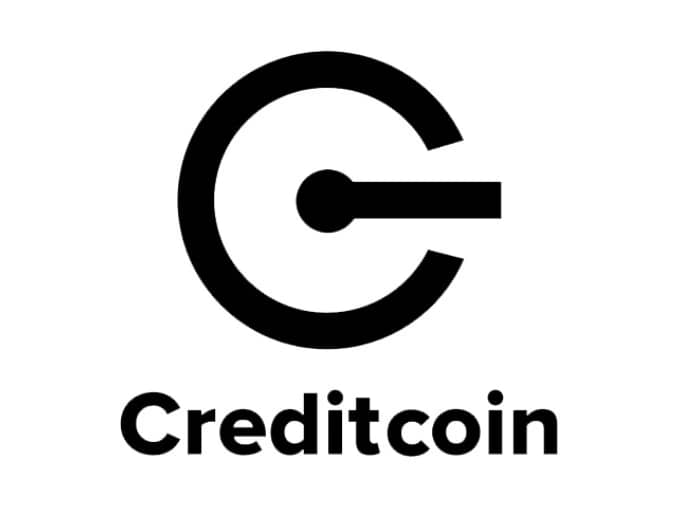위키 구독하기
Share wiki
Bookmark
Creditcoin
Creditcoin
Creditcoin(크레딧코인)은 금융 포용성을 증진하고 블록체인 기술을 통해 조직의 더 큰 글로벌 사회적 영향력 달성을 지원하도록 설계된 레이어 1 블록체인 네트워크입니다. 신흥 시장에 특히 중점을 두고 실물 자산(RWA, Real-World Assets)과 금융 서비스를 위한 분산형 인프라 역할을 합니다. [1]
개요
Creditcoin은 금융 기관이 소액 대출을 제공하고 온체인 신용 평판을 구축할 수 있도록 하는 분산형 네트워크를 만들어 신흥 시장의 금융 배제 문제를 해결하기 위해 개발되었습니다. 이 플랫폼은 기존 금융 시스템과 블록체인 기술을 연결하여 대출 및 차입 과정에서 투명성, 효율성 및 접근성을 높입니다.
이 네트워크는 실물 자산(RWA) 분야에서 중요한 플레이어로 자리매김하여 지역 금융 파트너와 협력하여 서비스를 받지 못하는 사람들에게 대출을 제공합니다. 예를 들어 Aella와의 파트너십을 통해 Creditcoin은 200만 명이 넘는 나이지리아인들에게 1,000억 나이라를 지급하여 금융 포용에 대한 실질적인 영향을 보여주었습니다.
금융 서비스 외에도 Creditcoin은 분산형 거래소, 위성 기반 인터넷 인프라 및 소비자 애플리케이션을 포함하도록 생태계를 확장했습니다. 이러한 다각화는 블록체인 기술을 실제 유틸리티와 사회적 영향과 연결하려는 플랫폼의 더 넓은 목표를 반영합니다. [3] [1] [2]
역사
Creditcoin의 여정은 2016년 Tae Oh(태오)가 실제 문제에 대한 블록체인 기반 솔루션을 구축한다는 사명으로 Creditcoin의 기반 회사인 Gluwa(글루와)를 설립했을 때 시작되었습니다. Oh는 신흥 시장이 폭발적인 성장을 할 준비가 되어 있지만 잠재력을 제한하는 기술적 제약에 직면해 있다는 것을 인식했습니다.
이 프로젝트는 용어가 블록체인 업계에서 널리 사용되기 전에 실물 자산 (RWA) 분야의 선구자로 설립되었습니다. Creditcoin은 설립 초기부터 신흥 시장의 금융 포용에 중점을 두고 금융 기관이 소액 대출과 온체인 신용 평판을 통해 개인과 소규모 기업을 지원할 수 있는 인프라를 구축했습니다.
Creditcoin 개발의 중요한 이정표는 2024년 EVM 호환 메인넷 출시였으며, 이는 플랫폼 발전에 있어 중요한 단계였습니다. 이 업그레이드는 네트워크의 상호 운용성과 확장성을 향상시켜 RWA 프로토콜 및 게임을 포함한 더 광범위한 분산형 애플리케이션(dApp)을 지원할 수 있게 되었습니다.
메인넷 출시 전에 Creditcoin은 테스트넷 단계를 거쳐 EVM 호환 네트워크의 안정성과 보안을 확보했습니다. 이러한 준비 작업은 플랫폼의 확장된 기능과 생태계 성장의 기반을 마련했습니다. [6] [3] [4] [5]
기술
Creditcoin은 EVM 호환 레이어 1 블록체인으로 작동하여 스마트 계약과 분산형 애플리케이션을 지원하면서 이더리움 생태계와의 호환성을 유지합니다. 이 아키텍처는 개발자에게 Creditcoin 네트워크에서 구축하기 위한 친숙한 도구와 프레임워크를 제공합니다. [6]
이 플랫폼은 메인넷에서 두 가지 유형의 토큰을 지원합니다. 네이티브 CTC와 EVM CTC입니다. 사용자는 Creditcoin 생태계의 다양한 측면과 상호 작용하기 위해 이러한 토큰 유형 간에 변환할 수 있습니다. 네이티브 CTC는 원래 Creditcoin 블록체인에 사용되며, EVM CTC는 EVM 호환 레이어의 스마트 계약과의 상호 작용을 가능하게 합니다. [7]
Creditcoin은 또한 사용자가 이더리움 기반 Creditcoin 토큰(G-CRE 및 wCTC)을 Creditcoin 메인넷으로 전송할 수 있도록 하는 브리징 기술을 개발했습니다. 이러한 상호 운용성은 다양한 블록체인 환경에서 플랫폼의 유틸리티와 접근성을 향상시킵니다. [8]
네트워크와의 사용자 상호 작용을 지원하기 위해 Creditcoin은 Android 및 iOS에서 사용할 수 있는 비보관형 모바일 애플리케이션인 Credit Wallet을 출시했습니다. 이 지갑은 디지털 자산을 관리하고 Creditcoin 네트워크의 dApp과 상호 작용하기 위한 올인원 솔루션 역할을 합니다. [9]
잘못된 내용이 있나요?
